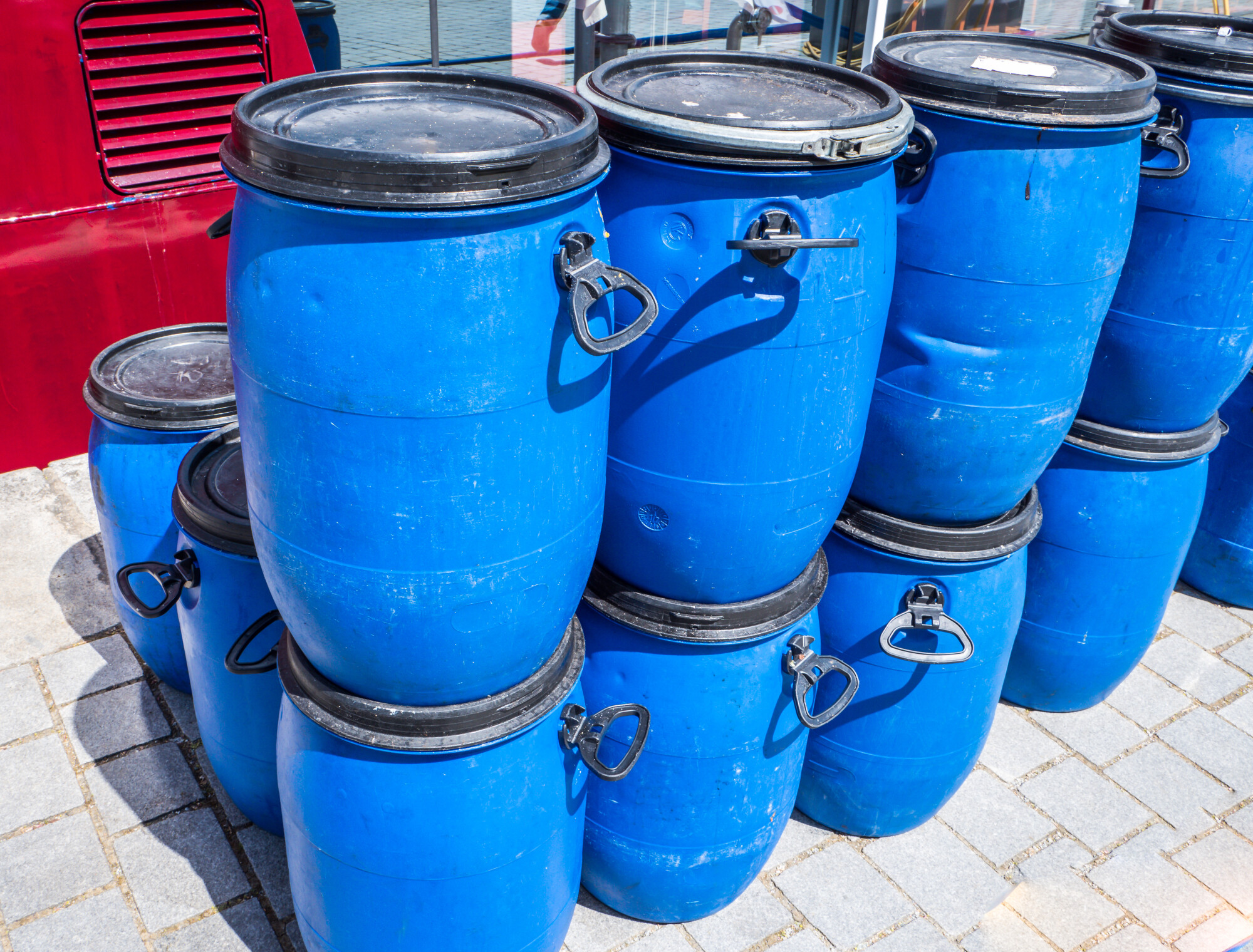
The Complete Guide to HAZMAT: Definition, Incidents, and Responses
Safety should always come first when dealing with hazardous materials. Without consideration, a HAZMAT situation could lead to health problems or worse.
But what exactly counts as a HAZMAT incident, and what does the term even mean?
Here’s your complete guide to HAZMAT and how best to work with hazardous materials.
Contents
HAZMAT Definition
When people think of the term HAZMAT, usually a related suit comes to mind. However, the term is an abbreviation for “hazardous materials.”
HAZMAT refers to substances that may pose a risk to health, property, or the environment. This includes but is not limited to toxic chemicals, fuels, radiological agents, and nuclear waste products.
Exposure to these elements could happen anywhere, such as at an oil rig or in a laboratory. These hazardous wastes are also routinely used and stored in homes.
One such example of a HAZMAT situation in an otherwise safe workplace is the combination of ammonia and bleach. Typically two common household cleaners, when accidentally combined they become toxic chloramine gas.
Hazardous Materials in the Workplace
The EPA has developed specific regulations for hazardous waste management in the workplace.
The aim of these regulations is not just to protect human health. They also provide flexibility on how to handle hazardous waste and foster better recycling habits.
The regulations and type of materials your workers deal with will depend on the industry. As a result, the EPA has also created unique standards, exclusions, and exemptions for specific waste types.
For example, special provisions in the Code of Federal Regulations designate how waste should be disposed of at academic laboratories.
Trained professionals must handle all waste disposal. Additionally, there are incentives for disposing of old or expired chemicals.
HAZMAT Incidents and Prevention
Every workplace should already have HAZMAT incident safety standards that you’re trained for.
The best way to avoid incidents from popping up is through training and educating your staff. However, accidents happen.
At the very least, you’re dealing with a spill that requires evacuation and airing out the room. At worst, it’s an oil spill that results in massive ecological damage.
Most communities have local emergency planning committees for their areas. They’re responsible for creating plans to deal with hazardous materials in their area.
You should also be prepared in your workplace to prevent a situation from getting worse. That could mean sealing and containing a room to prevent hazardous waste from causing more damage.
Under the National Contingency Plan, the NOAA provides scientific support in the case of oil and other HAZMAT spills. The NOAA HAZMAT response covers coastal and near-coastal waters, and they respond to over 120 incidents every year.
Response and Containment
Despite your best efforts to prevent and avoid an incident, things happen nonetheless.
In the case of HAZMAT spills, how your team responds could stop it from becoming a major disaster.
It is the industry standard to follow an eight-step process when a HAMAT situation comes up.
First, determine a safe approach and evacuate everyone in the hazardous area. Next, you’ll want to identify the problem and find a way to control it, such as closing a leak.
You’ll then need to evaluate the hazard and risk, such as the potential for an explosion. How it’s affecting workers could also key you into what kind of leak you’re dealing with.
Acquire some protective clothing and equipment while notifying response teams of any vital information. Consider local emergency response plans and operating procedures when tackling the issue.
Decontamination is one of the most critical steps.
For non-threatening hazards, you can take your time on your decon efforts. An oil spill is more threatening to the environment than the people working with it, so cleaning it up takes priority.
For health hazards, however, decontamination is a main priority. Cut away any exposed clothing and hose down the affected person immediately.
Once the issue has been addressed, the final step involves incident debriefing, post-incident analysis, incident critique, and reporting and documentation. Learn from the incident to improve your response the next time it happens.
HAZMAT Physical
If a worker is exposed to a hazardous substance, a HAZMAT physical or exam may be necessary to determine if they can return to work. For lingering side effects, it will also be required for workers’ compensation.
A physical consists of an EKG, auditory tests, chest x-rays, pulmonary function tests, hearing tests, and urine and blood analysis. Even when there are no immediate health concerns, these exams should also be completed annually as part of a routine health screening.
In severe cases, coordination with your local hospital takes priority.
Managing Safety
Preventing HAZMAT spills and incidents in the workplace begins and ends with preparation. A big part of that is managing your MSDS, or material safety data sheets.
SDS online provides you a quality MSDS management provider with compliance management solutions.
The right management system helps you easily track and report your HAZMAT inventory. It can also help cut 50% of your clerical functions and calculate your raw information with ease.
As a result, monitoring for any spills or leaks is made much easier, and it’ll help your business run smoother in the long run.
Prevent a Major Incident Today
Hopefully, with this guide, you’re more prepared than ever to deal with a HAZMAT issue. You should go by your work’s compliance guidelines. Familiarize yourself with your state and county’s laws, as well.
Hazardous waste won’t be a safety issue if your workers are prepared in the case of an emergency.
For more business and tech tips, check out our other articles.


Comments are closed.